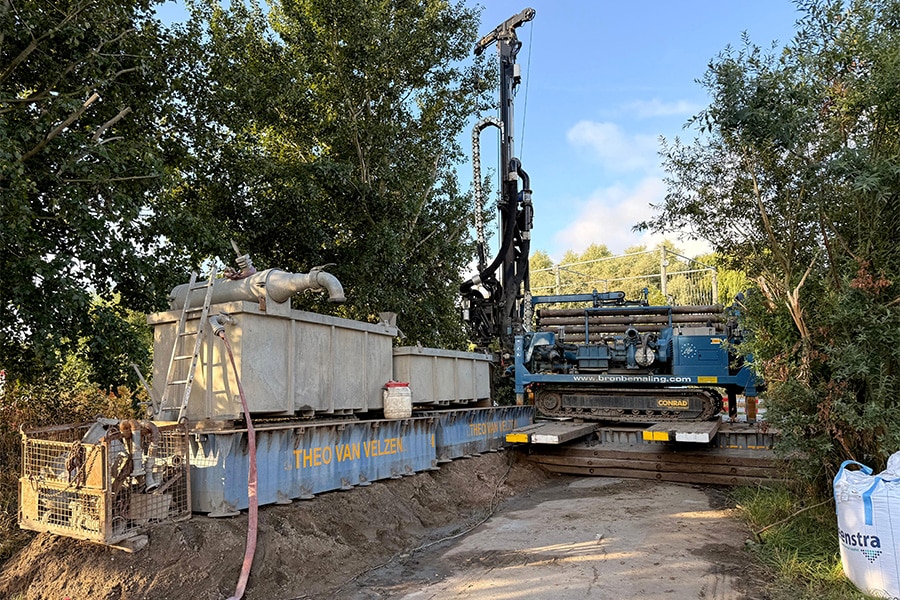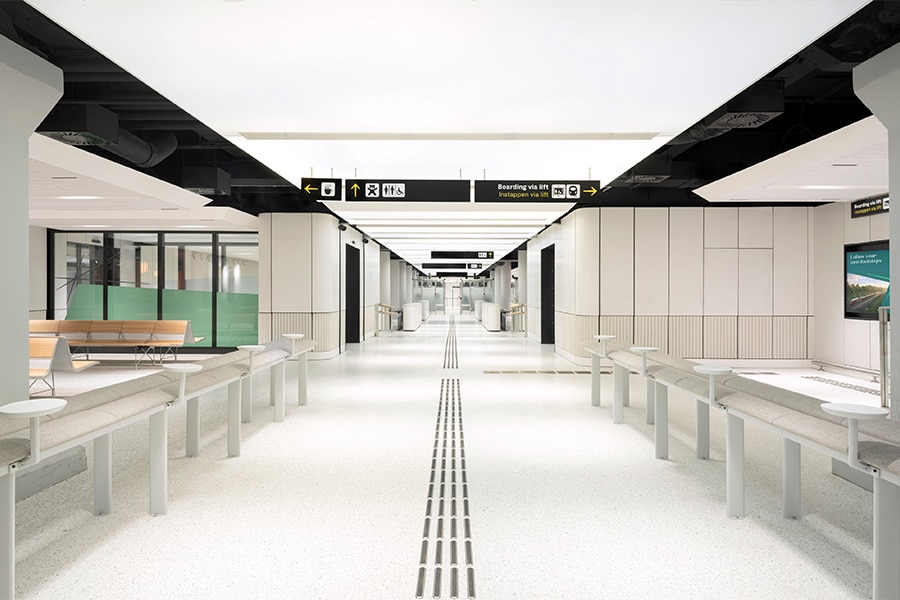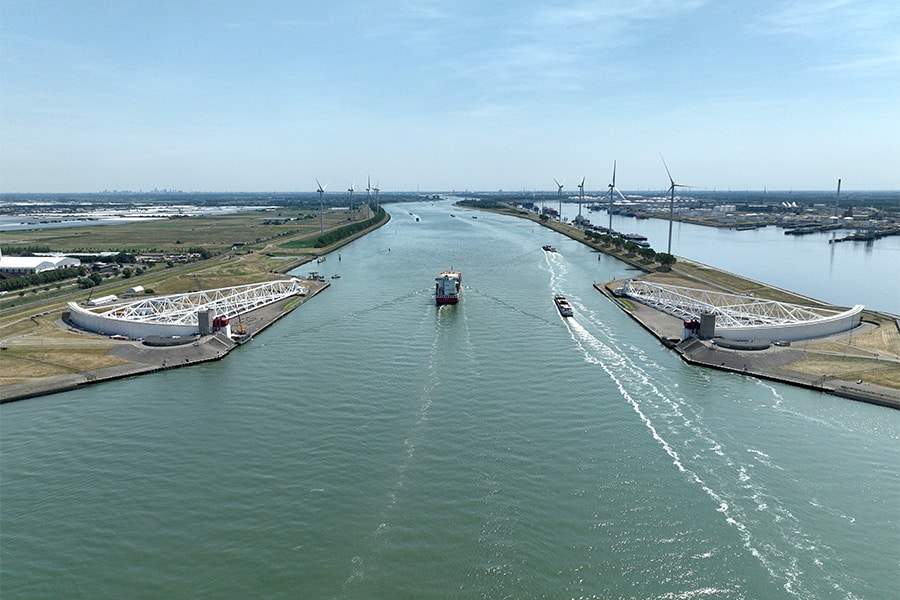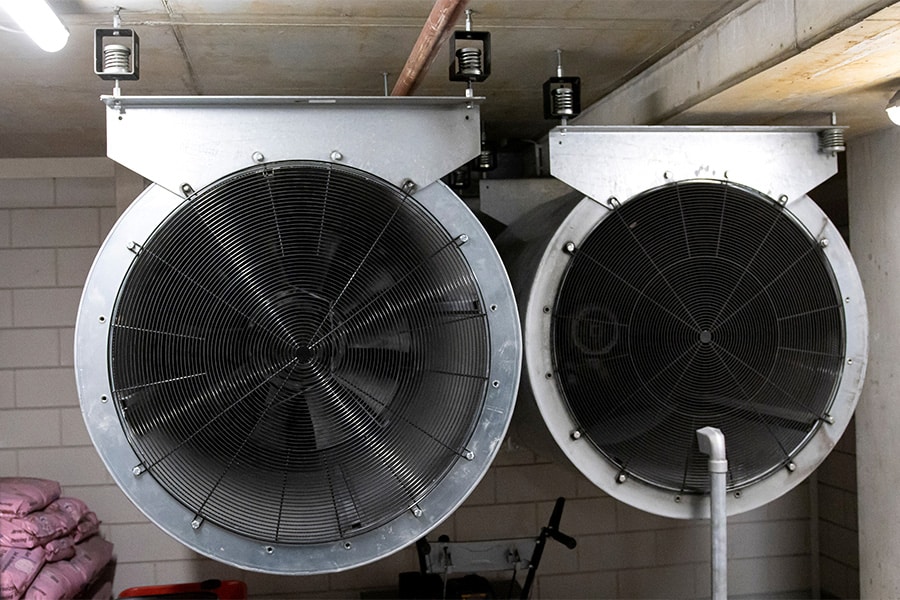
Integrated solution for ventilation, fire detection and smoke and heat extraction in parking garages
A fire can have major consequences. Also in parking garages, where smoke and heat can impede the safe escape of visitors, complicate the work of the emergency services and cause considerable damage to the building structure. Kingspan Light + Air has been providing a solution to this for 40 years. By taking an integrated approach to daily ventilation in parking garages as well as smoke and heat extraction in the event of a fire, clients benefit from a total solution with high quality components, a long service life, low energy consumption and low noise levels. By managing projects integrally, they are also assured of a single point of contact and a single guarantee party for their complete installation.
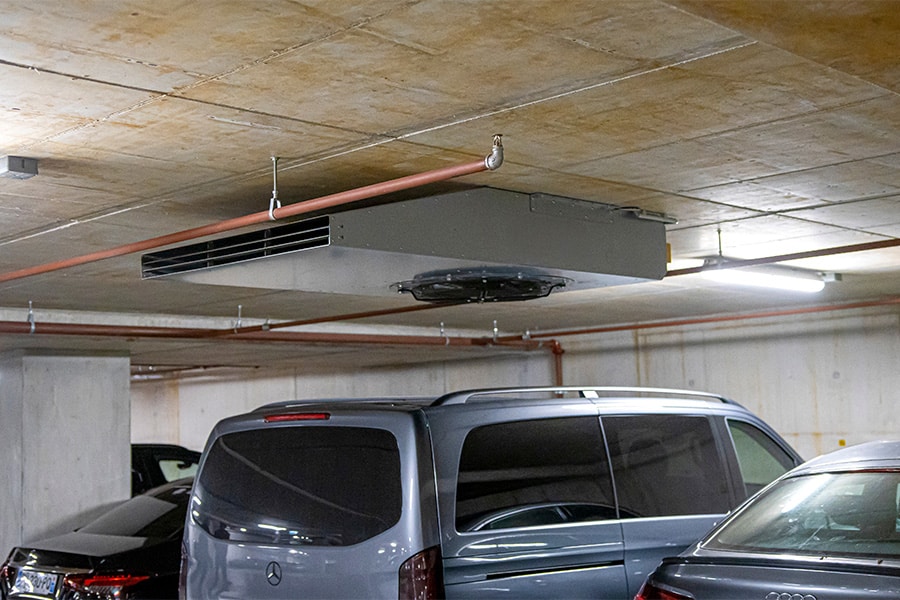
Fresh air in parking garages
There are several above-ground parking garages and mobility hubs in the Netherlands, in which smoke and heat are mostly removed naturally, says Stan Veldpaus, Project Advisor for Smoke Control Systems at Kingspan Light + Air. "The majority of parking garages, however, are below ground level, so a mechanical ventilation solution with shafts and thrust fans is almost always necessary. In fact, mechanical ventilation in underground parking garages ensures that toxic gases such as carbon monoxide (CO), automotive gas (LPG) and benzene are removed efficiently. This creates a healthy environment for all visitors. In addition, mechanical ventilation can help remove smoke and heat effectively in the event of a fire."
Appropriate measures
"A building fire cannot be prevented," emphasizes Patrick Verboven, Fire Safety Specialist at Kingspan Light + Air. "Even in the safest parking garage a fire can occur, with potentially serious consequences for visitors and the building structure. Not only the parking garage itself, but also the apartments or offices above. It regularly happens that residents or employees are not allowed to enter a building for months because the stability of the construction can no longer be guaranteed after a fire. To prevent this, appropriate measures are needed."
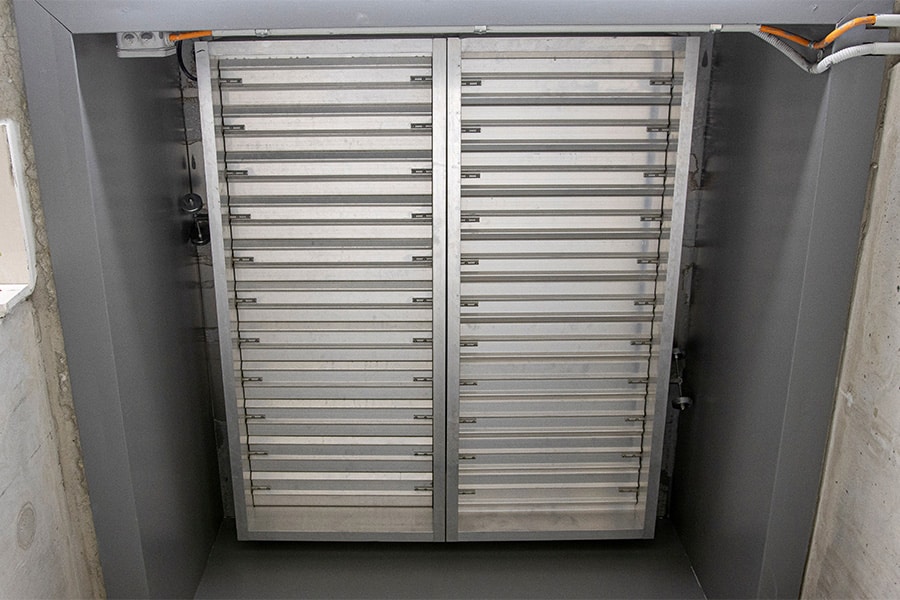
Unrollable fire screens
"Fortunately, fire safety regulations are becoming more stringent," Patrick notes. "For example, for parking garages under buildings and with a floor higher than 13 meters above ground level, a sprinkler system is now mandatory. Moreover, according to the Bbl, covered parking garages must be divided into fire compartments of no more than 1,000 m². Adding a few walls seems like a smart solution in this case, but it is anything but. After all, visitors must still be able to drive from one compartment to another. Therefore, openings in the fire walls are necessary. In case of fire, these openings can easily be closed with our roll-off fire screens, which are also ideally suited to the low floor heights in parking garages thanks to a low installation height."
Integrated solution for ventilation and SHEV
However, experience shows that building owners (and visitors) increasingly prefer spacious and bright parking garages with unobstructed sight lines and clear routing, as this promotes a sense of security, Stan knows. "And emergency services also prefer non-compartmentalized parking garages, in which the location of the fire can be reached as quickly as possible. In order to serve building owners, users and emergency services alike, we recommend that parking garages - on the basis of equivalence - be equipped with a smoke and heat extraction system and combine daily ventilation within it."
In this case, the ventilation system automatically revs up and down based on the degree of contamination in the parking garage. As a result, fresh air and low energy consumption go perfectly hand in hand. "In the event of a fire, the ventilation system is sent to maximum and smoke and heat are forcibly propelled in one direction, then efficiently exhausted to the outside with the help of shafts and large fans and at a speed of at least 1.5 m/s. As a result, building structures are less affected and smoke damage is largely prevented," Stan said. "Moreover, with the wind at their backs, emergency services can reach the seat of the fire as well as start repression, limiting the damage to just a few cars in most cases."
Long service life, low power consumption
Those who choose Kingspan Light + Air's combined installations are assured of long life, low energy consumption and low noise levels, says Stan. "The components required for this are produced by us in-house or under private label. From (thrust) ventilators to switch boxes, transmission paths and valve registers and including associated detection system, which consists of CO/LPG and fire detectors, an alarm and evacuation system and an automatic forwarding to the fire department." Patrick: "By integrally advising, designing, installing and maintaining all systems, we can guarantee high quality. This results not only in high comfort, but also in low TCO. We work with basic calculation rules, but also test our advice with Computational Fluid Dynamics (CFD) computer simulations, so that the operation in ventilation and fire are guaranteed. In this way, building owners are completely unburdened. Both in new construction and renovation projects."

